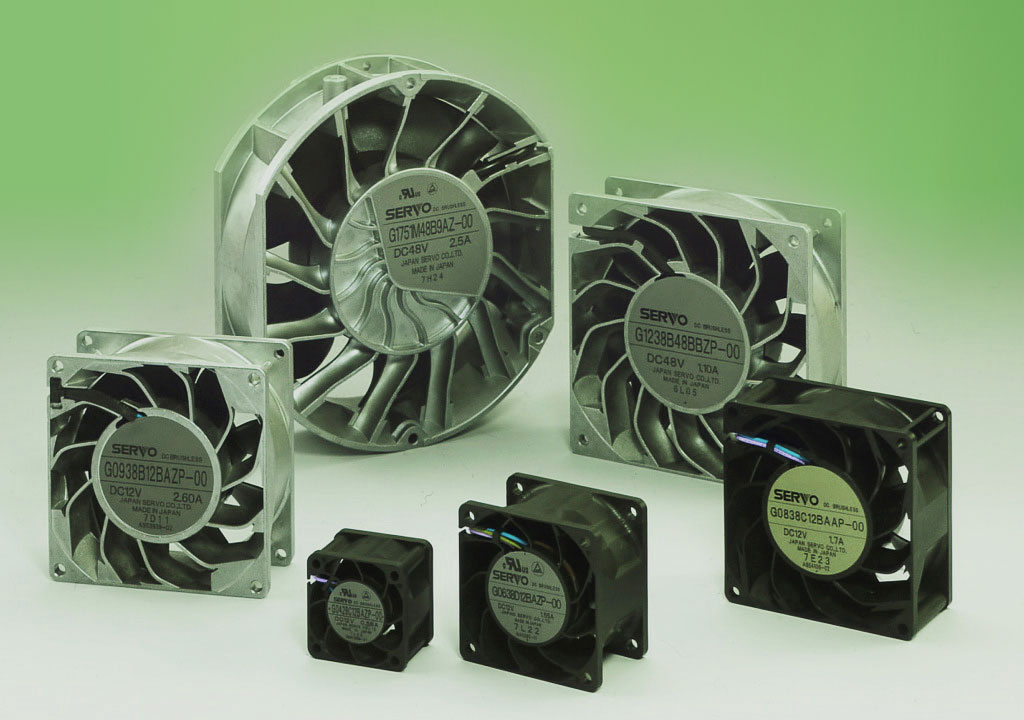Selecting the right
fan or blower
Dynetics offers a wide range of axial, radial and centrifugal fans with AC or DC power supply. The company
therefore has a high level of expertise in fans and blowers. In this article, Dynetics provides advice to help
find the optimum solutions for specific requirements. Dynetics will be presenting a range of new fans and
blowers at PCIM (Hall 9, Booth 132), which takes place in Nuremberg from 6 to 8 May 2025. Some of the new
products will be presented in advance in this article.
Thermal management should be considered as an important aspect of product development right from the start of
the design phase in order to avoid quality problems that could lead to a shortened product life cycle.
The cooling of appliances and units can be effectively managed with axial, radial or centrifugal fans. These
different fan types have proven their efficiency in the field through many years of use.
Selecting the right fan as a cooling solution depends on several factors, including supply voltage (AC or DC)
and air performance (static pressure, airflow, volume flow). These parameters determine the required speed.
Other factors to consider are noise level, type of bearing (sleeve or ball bearing), available space (shape and
size, for example square flanged or circular), Ingress Protection (IP) such as dust and water tightness.
Additionally, possible functions such as speed sensors and speed control are important. A radial fan is often
used to focus the airflow on a hotspot.
The efficiency and service life of the fans are of crucial importance in the selection process. Fans from
Dynetics are ball bearing based that result in for instance a service life of around 100,000 hours at 35 °C.
Silent fans
The noise level is an important specification. Fan noise is often caused by various factors, such as the airflow
through the impellers and the vibrations of the fan caused by the motor.
Optimised impeller designs reduce
aerodynamic noise, while vibration damping is achieved by isolating the fan unit from the chassis. A reduction
in speed with low cooling requirements reduces both noise and power consumption. Dynetics offers fans that can
be controlled via PWM signal (PWM = pulse width modulation).



